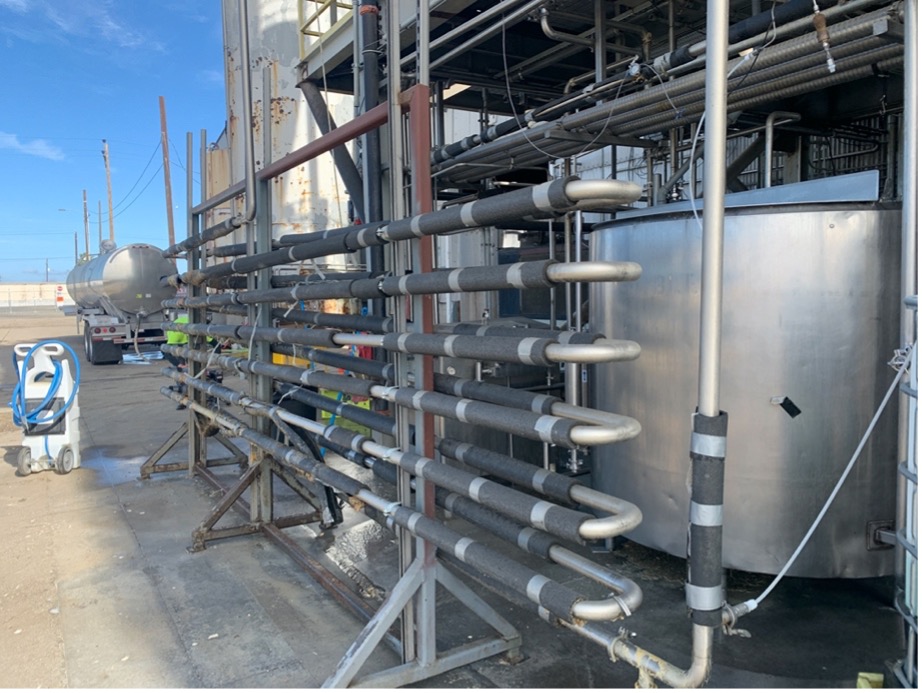Like most equipment appraisers, I generally discourage equipment desktop appraisals. Most folks who ask for one are making an assumption that a desktop appraisal, since it wouldn’t include a physical inspection of the equipment, would be less expensive, or at least quicker, and usually, it’s not.
That’s not to say that I never do a desktop equipment appraisal. Some situations are fine for desktop appraisals and I have some examples of these in my records:
- Bankruptcy appraisal for a small pizza kitchen with limited, standard-issue restaurant equipment
- Amiable divorce appraisal for small farm with a small inventory of standard, well-maintained equipment
- Large trucking fleet appraisal of identical, nearly new vehicles with comprehensive documentation, complete with photos and maintenance records, for a collateral lending situation where a bank officer verified the physical inventory with a site visit
So what circumstances do make a desktop appraisal a good idea? These are some of questions I ask when folks request a desktop equipment appraisals:
- Is timing very short or is the equipment location prohibitively distanced?
- Is the equipment fairly standard?
- Can I get a well-detailed asset list and excellent photographs?
- Will an authorized person familiar with the equipment be available to answer questions?
- Who is the user of the appraisal and does the user clearly understand the limitations of a desktop appraisal?
- Is the user or users confident that such an equipment appraisal would be appropriate for the purpose of the appraisal?
If the answer to all of these questions is yes, then a desktop equipment appraisal could be appropriate.
It’s critical, however, to be sure that the user of the appraisal is absolutely confident that a desktop equipment appraisal will be suitable for the use of the appraisal, and to establish that, it’s important that the user understand the limitations of a desktop appraisal.
Especially in the case of a collateral lending appraisal, the user needs to understand the real possibility of fraud or misrepresentation. The one situation a lending institution must avoid is extending credit on equipment that doesn’t exist or isn’t as represented. You’ll notice that in the one desktop equipment appraisal submitted for collateral lending example above, a bank representative visited the equipment site. In other circumstances, when a deep level of trust has been built between the lending institution and the borrower, such a visit may not be necessary, but it’s my obligation as a qualified equipment appraiser to stress to my client (the lending institution) that without a physical inspection of the equipment, I cannot confirm that it actually exists or is as represented.
On the other hand, misrepresentation of assets is difficult in an equipment appraisal that involves a physical inspection. It’s fairly easy to ascertain, for instance, that there are, indeed, nearly 20 1995 Kenworth trucks, model T700—for which you have VINs, license numbers and odometer readings—in the rolling stock inventory for a transportation fleet. A cursory glance supplies information on tire tread, paint, glass and chrome condition of the fleet, and a discussion with the mechanic in the maintenance shop provides evidence of poor, standard or regular maintenance. Collecting that information for a desktop appraisal is another matter, which is why questions 3 & 4 are important.
So is a desktop equipment appraisal a good idea? Now that you know what questions to ask, you’ll have a better idea. In most circumstances, though, I maintain that no matter what the purpose of your equipment appraisal, the equipment appraisal process is better served with a physical inspection of the property and that desktop equipment appraisals should be used in very select and limited circumstances.
Jack Young, ASA Equipment Appraiser
NorCal Valuation




